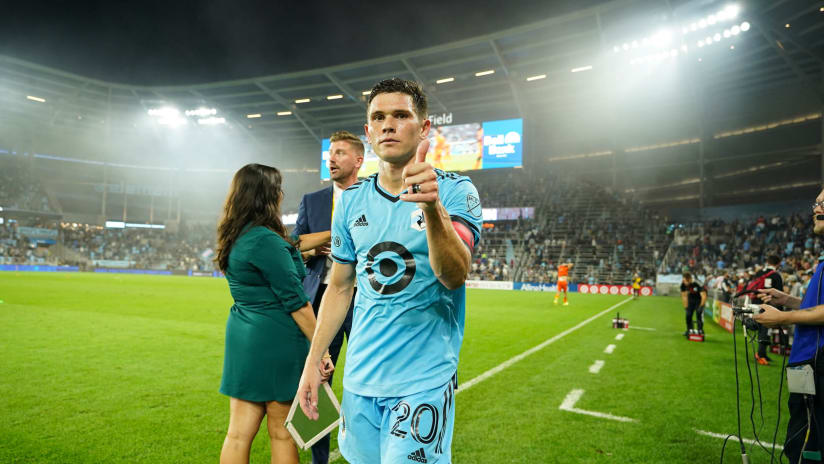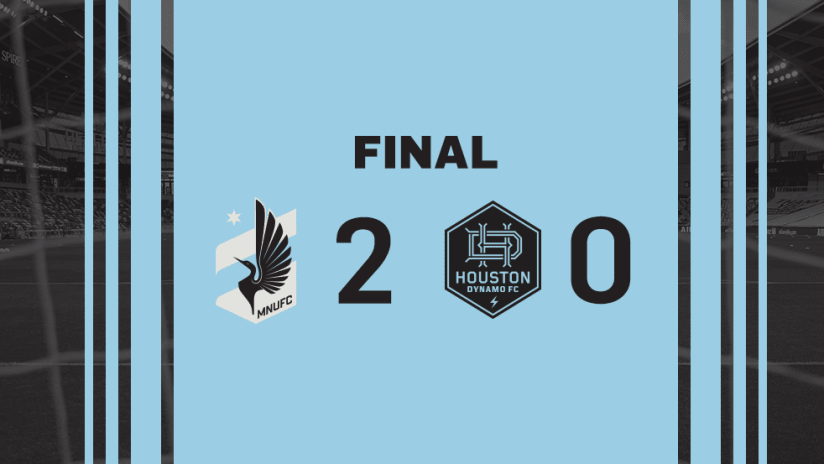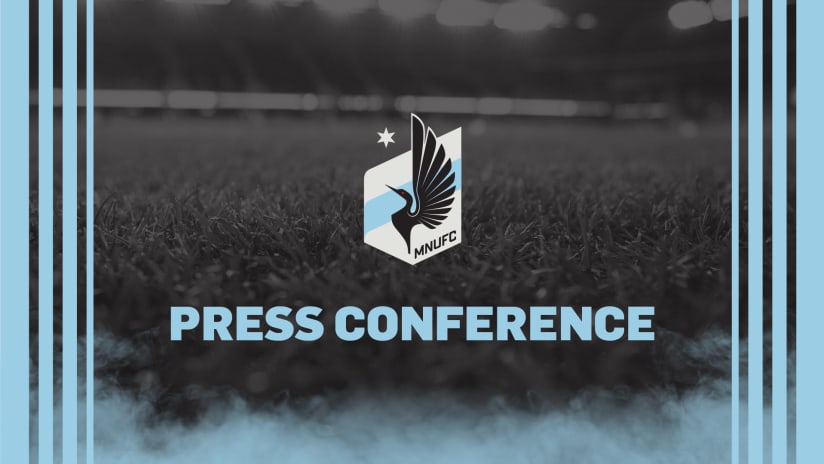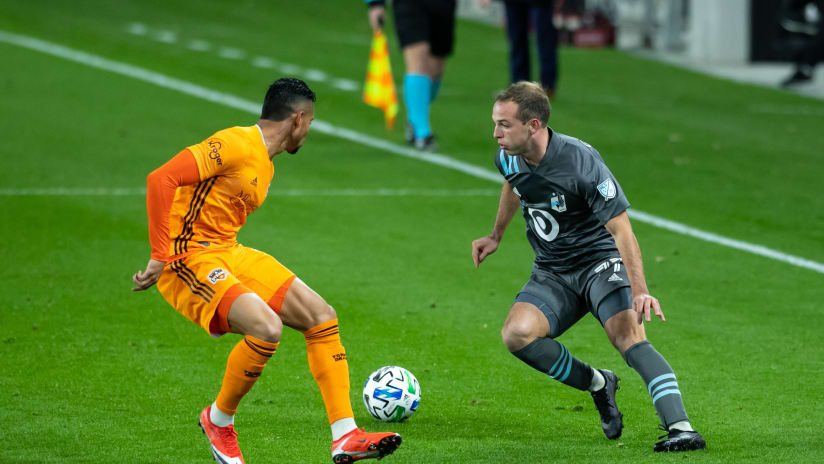A year ago, Minnesota United had just wrapped up a run to the semi-finals of the MLS Is Back Tournament where they lost 3-1 to an Orlando City side just flexing its muscles as a rejuvenated team under Head Coach Oscar Pareja. In the return to home markets without fans, the Loons would stumble out of the gates but soon find their footing and rip off an eight-game unbeaten streak to finish the season and secure the fourth seed in the Western Conference in an unmistakably weird but nevertheless successful 2020 for the team.
That season, you wouldn’t have been out of place picking the midfield tandem of Osvaldo Alonso and Jan Gregus as one of the best dual pivots in MLS. It might not have always showed up in the boxscore — although Gregus was second on the team in assists with six — but the combination of Alonso’s leadership and grit at the back and Gregus’ ability to connect the defense to the front four was absolutely essential to the team’s success, particularly in stretches where MNUFC struggled to score and relied on the midfield tandem to gum up the works for the opposing team.
All of which makes it a little crazy how quickly the new dual pivot of Wil Trapp and Hassani Dotson has become integral to the Loons’ success this season. It’s a testament to the power of synergy in soccer, and to the way certain combinations of players can be bigger on the inside than the outside. On paper, Trapp is not nearly the dogged defender that Alonso is. If Alonso is fundamentally a destroyer with a touch of passing range and vision, Trapp is primarily an interrupter, distributor and redirector of action with good awareness. Where Gregus provided range and distribution — plus took most of the team’s corner kicks before the arrival of midfielder Emanuel Reynoso — Dotson is more aggressive and direct, both offensively and defensively. Dotson has shown some capacity as an advanced destroyer, frequently keying in on an opposing team’s deep-lying playmaker to blow up plays before they’ve even begun. But he is also usually the more advanced half of the dual pivot. Again, on paper, it didn’t seem as compatible a pairing as Alonso and Gregus.
And yet. Trapp and Dotson first teamed up against FC Dallas on June 19 in a 1-1 draw that gave the Loons their first-ever points at Toyota Stadium. In the nine games since then, Minnesota have only lost once, and that game was the only one where Trapp and Dotson were replaced by Gregus and Alonso.
For Dotson, this is the next step in the 23-year-old’s evolution. From unheralded second round pick to defensive sub to first man off the bench to international call-ups and now to virtually locked-in starter, he has been on a hell of a journey already that’s not likely the end in Minnesota — a bittersweet conundrum for Loons fans, for sure.
Trapp’s path has grown a bit more knotty recently. The fourth homegrown player ever signed by Columbus Crew SC, he would eventually captain the Crew as well as the U.S. Men’s National Team before being traded to Inter Miami before the expansion side’s inaugural season. There, he had a largely forgettable year amidst the initial COVID-19 outbreak before signing with Minnesota United as a free agent prior to the 2021 season.
With the Loons, Trapp’s skills have not always been the ones that stand out in highlights or replays. Asked about his strategy for distributing the ball, he memorably said, “Pass it to the good players.” He has been. He leads the team in passes with 884 while also leading the team in total minutes at 1551. His pass completion percentage of 86.5% is second on the team for any player with more than 500 minutes. American Soccer Analysis’ goals added (g+) metric seeks to quantify a player’s contributions to goals all across the pitch, bringing together multiple elements of the game and analyzing how they positively impact a team. Trapp has gotten high marks this season for passing (0.86 g+, behind only Emanuel Reynoso) and interrupting (0.20 g+, third behind Bakaye Dibassy and Romain Metanire).
And like a lot of good leaders (Trapp has worn the armband since Michael Boxall’s been out with an injury) he both projects and reflects. “His communication is really good in terms of positioning players and he also listens very well,” affirmed his midfield partner Dotson.
Trapp’s defensive acumen when it comes to reading a play were on full display late on against Vancouver on what should have been the game-winner by Robin Lod:
Since Dotson’s breakout rookie season, the question has long been “when” in terms of ascending to a consistent starter’s role. But perhaps the follow-up question of “with whom” has in fact been the more important one all around. Instead of having to play more defensively to work alongside Gregus or less aggressively to complement Alonso, Dotson is flourishing with Trapp as they amplify each other’s play in a partnership that should only grow richer and deeper as the season goes on.





